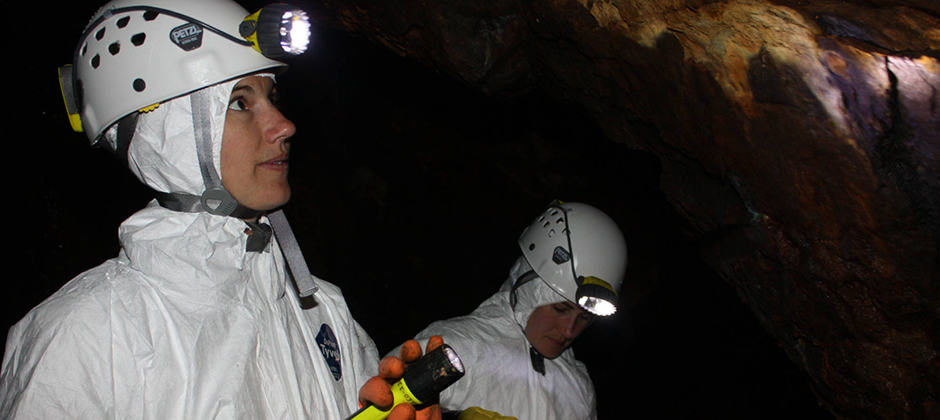Share this article
For species on the brink, biologists take a stab at vaccines
Vaccines have been getting a lot of attention recently as scientists work to protect people from COVID-19. The use of vaccines for animals in the wild has been rare, but that’s starting to change. Increasingly, biologists are looking to vaccines to protect imperiled wildlife from specific health threats.
“Today, with environmental threats mounting, there is growing acceptance of the need to vaccinate wild animals to help save them from extinction,” writes Mongabay.
Vaccines have been developed to prevent plague in prairie dogs, which critically endangered black-footed ferrets (Mustela nigripes) rely on for prey. A vaccine is in the works to protect bats from the deadly white-nose syndrome. Another focuses on protecting koalas (Phascolarctos cinereus) from chlamydia. Efforts are also underway to try to treat amphibians for the deadly chytrid disease and New Zealand’s endangered yellow-eyed penguins (Megadyptes antipodes) from avian diphtheria.
“Ultimately, there is no silver bullet in wildlife conservation,” Mongabay writes. “Effective vaccines, however, can serve as critical weapons in the fight against extinction.”
Header Image: Biologists Sue Cameron, of the U.S. Fish & Wildlife Service, and Gabrielle Graeter, of the North Carolina Wildlife Resources Commission, check a wall for bats. Biologists have considered using vaccines to protect bats from the deadly white-nose syndrome. Credit: Gary Peeples/USFWS








